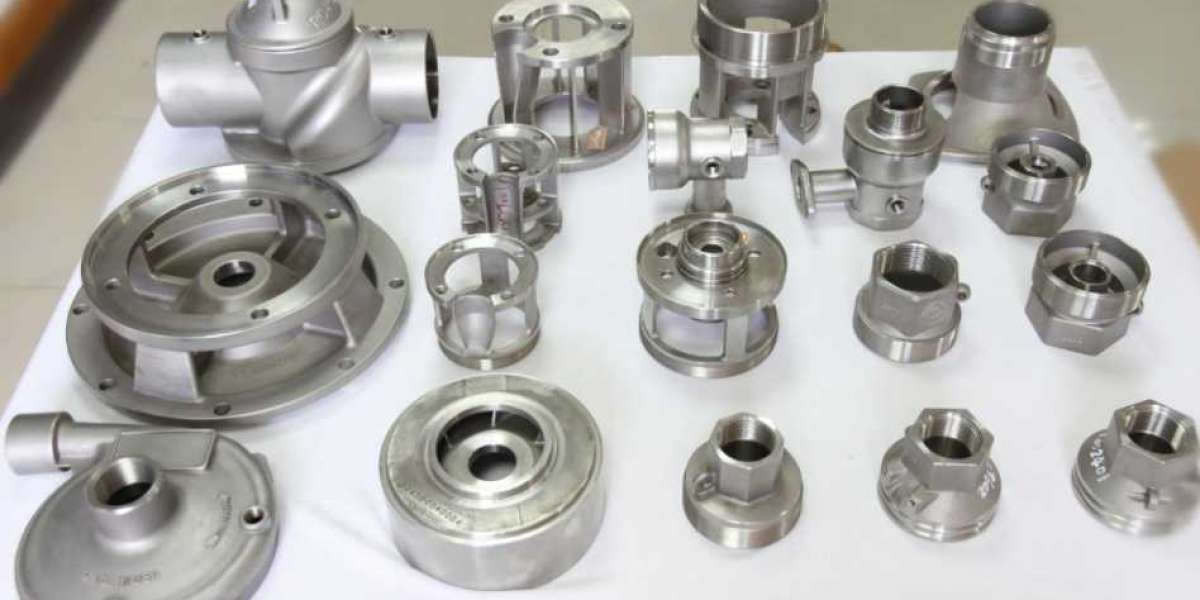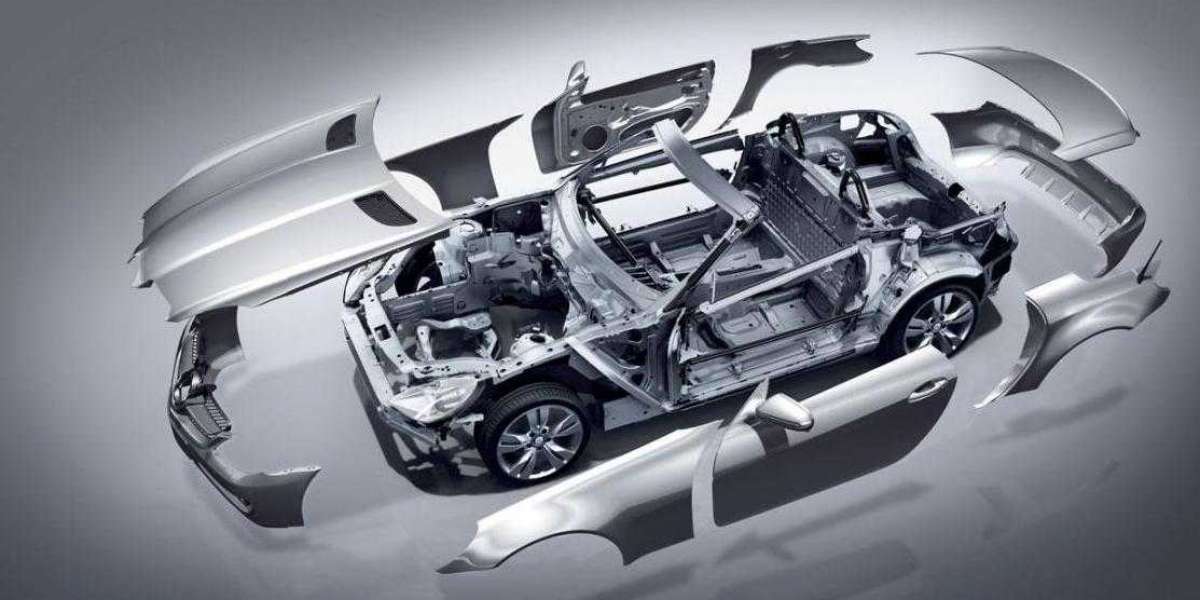Zinc die casting: high precision and excellent performance.
Zinc is one of the most versatile die cast metals. It offers higher precision and lower machining costs than other die cast metals such as aluminum or magnesium. Zinc die casting also has a wide range of excellent physical and mechanical properties, finishing properties, and is the easiest to cast.
Advantages of using zinc
One of the most significant advantages of zinc is that it reduces processing costs. Die casting molds are often a significant cost factor, so it's important to save as much money as possible. Due to the low melting temperature of zinc, the service life of the mold is 10 times that of aluminum die-casting molds and 5 times that of magnesium molds. This means less repairs, less downtime and more parts produced over the life of the tool. Small zinc parts can take advantage of the high-speed 4-slide micro zinc die casting process, which can significantly reduce upfront tooling costs compared to aluminum or magnesium. Click here to learn more about the process.
Advantages of zinc die casting include:
longer tool life
Reduce tooling costs (especially if it can use a micro zinc die casting process)
The ability to cast near-net-shape complex geometries with thinner walls and reduced draft reduces the need for machine features compared to castings produced from other metals.
Excellent balance of mechanical and physical properties, including higher yield strength and elongation compared to aluminum or magnesium.
Good vibration damping capability compared to aluminum
Extensive finishing options
faster production time
The many advantages of zinc make it useful in a wide range of industries and applications.
Zinc die casting process
Zinc is cast through a fast-cycle hot-chamber die-casting process that uses a component called a gooseneck, which is immersed in a furnace filled with molten metal. Metal automatically enters the blast chamber through a hole in the gooseneck. The vertical plunger then seals the hole and drives the metal to the back of the die at high pressure. The part solidifies quickly (within a few seconds) and the part is ejected from the tool.



